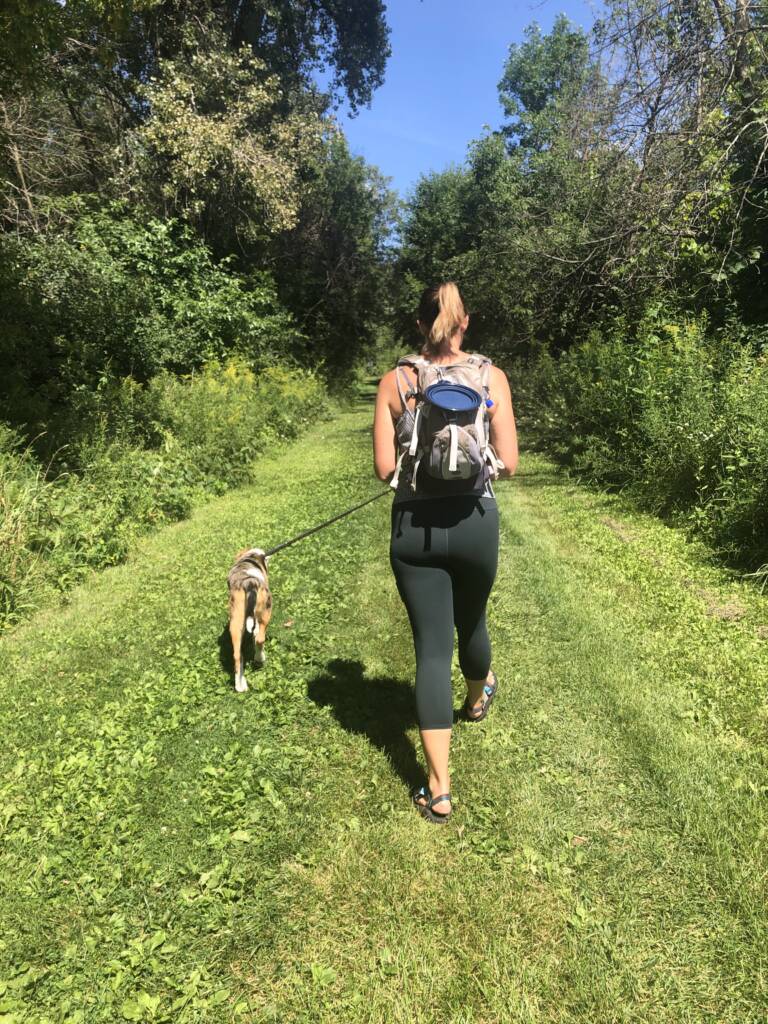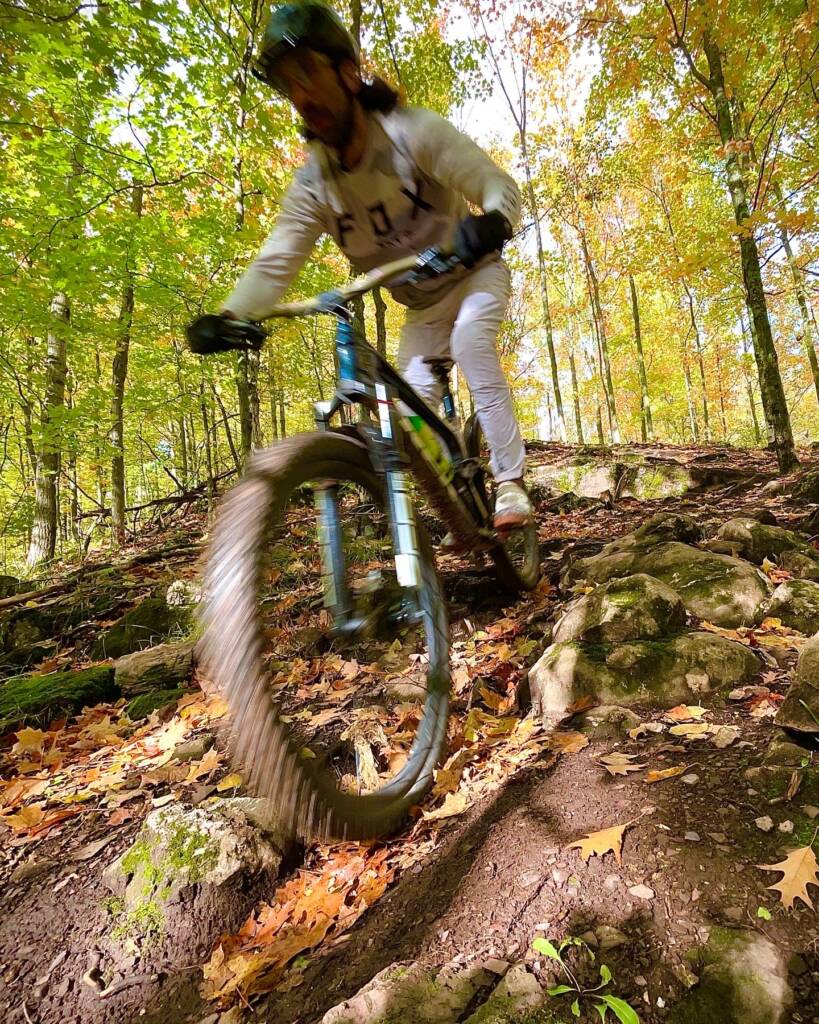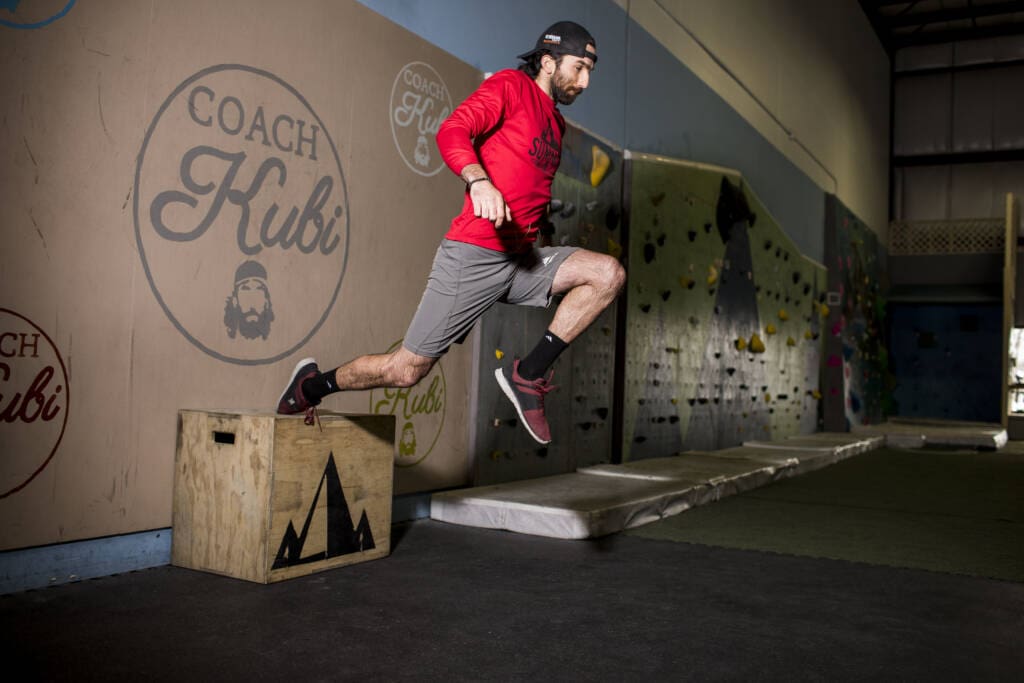Athletic performance isn’t built overnight. It’s the product of structured, intentional training applied consistently over time. Yet one of the most common mistakes athletes and fitness enthusiasts make is approaching training as if every month, every week, and every day should look the same. That “always on” mentality often leads to plateaus, nagging injuries, or outright burnout. That is why we follow seasonal training for mountain athletes at Summit.
The solution? Treat your training like a seasonal cycle—breaking the year into four phases: off-season, pre-season, in-season, and post-season. Each serves a distinct purpose, each builds on the other, and together they create a system that maximizes progress while protecting your health.
This method is rooted in a concept known as periodization—a training framework long used by elite athletes and coaches to structure performance across a year or even an entire career. But you don’t need to be an Olympian or a professional to benefit. Whether you’re training for a marathon, mountain biking, hunting season, or just a healthier lifestyle, seasonal training can help you reach your goals more effectively.
Let’s break down the four seasons of training and why each matters.
Off Season: Reset, Recover, and Rebuild
The off-season is often misunderstood. Many athletes either do too little—completely stopping activity and losing their base—or too much, grinding through intense sessions when their body and mind are begging for rest. The sweet spot lies in between.
Purpose of the Off Season
- Recovery: Heal from the physical and mental demands of the competitive or high-output season.
- Rebuilding: Address weaknesses, imbalances, or injuries that crept in during the year.
- Foundation: Lay the groundwork for future performance with general strength and conditioning.
What Training Looks Like

- Strength Training: Focus on building raw strength, stability, and mobility. Heavy lifts, unilateral movements, and corrective work are key.
- Low-Intensity Conditioning: Easy runs, cycling, rowing, or hikes to maintain aerobic capacity without adding stress.
- Skill Development: Drills that reinforce mechanics without the pressure of competition.
- Active Recovery: Mobility, yoga, swimming, or other low-impact activities to keep the body moving while restoring it.
For a mountain athlete, this might mean more time in the gym working single-leg strength for stability on uneven terrain, or long, low-effort hikes with a weighted pack to keep endurance steady without overloading the joints. This phase is where seasonal training for mountain athletes really begins, by rebuilding the foundation before sport-specific work returns. For a mountain biker, it could be slow, steady spins on the trainer and off-bike strength work like deadlifts and core training to build durability for the trails ahead.
Related Reading:
- How Climbing Improved My Life: Discover how climbing can enhance your overall fitness and mindset.
Why It Matters
Without a deliberate off-season, you’re essentially building on a shaky foundation. Imagine constructing a house without ever replacing the worn-out beams—you can only stack so much weight before things collapse. The off-season is your chance to reinforce that structure so you can handle more in the coming year.
Pre Season: Preparation and Performance Building
Once the foundation is set, it’s time to ramp up. The pre-season bridges the gap between general training and competition-level performance. Here, the focus shifts from rebuilding to preparing the body for the specific demands of your sport or goals.
Purpose of the Pre Season
- Strength to Power: Translate off-season strength gains into explosive, sport-specific movements.
- Conditioning: Progress from general aerobic work to intervals and higher-intensity conditioning.
- Skill Sharpness: Increase technical training with more time dedicated to sport-specific drills.
- Mental Preparation: Build confidence, discipline, and focus heading into competition or event season.
What Training Looks Like
- Strength and Power Work: Olympic lifts, plyometrics, medicine ball throws, and agility drills.
- Conditioning: Interval training, tempo runs, and circuits that mimic the demands of competition.
- Sport-Specific Practice: More time spent in your discipline—whether that’s climbing, running, biking, or lifting.
- Simulation: Scrimmages, mock races, or practice hunts to replicate real scenarios.
For mountain athletes, this could mean stair intervals with a heavy pack or simulated climbing days to build uphill power. For mountain bikers, pre season is when you shift from steady spins to hill repeats, sprints, and technical trail sessions that demand quick bursts of power and precise bike handling.
Related Reading:
- In-Season Mountain Bike Training: Workouts That Deliver Results: Explore effective workouts to boost your mountain biking performance.
Why It Matters
Pre-season is where you set the tone. If you rush through it or skip it entirely, you’re essentially showing up underprepared. A strong pre-season ensures that your body and mind are primed, not just surviving, when it’s time to perform.
In Season: Maintain, Perform, and Compete
The in-season is when your training philosophy shifts the most. You’re no longer trying to maximize gains—you’re trying to maximize performance. That means training smart, not just hard.
Purpose of the In Season
- Performance First: Competition or peak activity takes priority.
- Maintenance: Hold onto strength, conditioning, and skill without adding unnecessary fatigue.
- Injury Prevention: Keep the body durable through mobility work, recovery practices, and smart load management.
What Training Looks Like

- Shorter, Smarter Sessions: Two or three focused strength sessions per week, often lighter than pre season.
- Sport-First Approach: Most energy goes to practices, games, races, or hunts.
- Recovery Emphasis: Sleep, nutrition, hydration, and mobility work become as important as training itself.
- Monitoring Fatigue: Tracking heart rate variability, mood, or simple energy levels to avoid overtraining.
If you’re a mountain athlete, in-season training might look like maintaining two short strength sessions while spending most of your energy on actual climbs, hikes, or alpine missions. This is the time when seasonal training for mountain athletes shifts from building fitness to expressing it. For mountain bikers, this is the time for regular trail rides, races, or bike park sessions while keeping gym work minimal—just enough to hold strength and prevent injury.
Related Reading:
- Physique vs. Skill: Training Lessons from the MTNS: Learn how to balance physical strength with skill development for optimal performance.
Why It Matters
Too many athletes burn out in season by trying to “do it all.” They attempt to train as hard as they did in pre-season while competing at full throttle. The result? Exhaustion, injury, and underperformance. By shifting your mindset to maintenance and performance, you’ll be able to compete consistently at a high level.
Post Season: Reflection, Recovery, and Reset
Once the competition ends, the temptation is to immediately jump back into heavy training. But this is where a postseason is essential. It’s your opportunity to step back, recover, and evaluate.
Purpose of the Post Season
- Active Recovery: Allow the body to recharge without falling into complete inactivity.
- Reflection: Assess what worked, what didn’t, and where you need to grow.
- Transition: Prepare the mind and body to start the cycle over again with the off season.
What Training Looks Like
- Light Activity: Hiking, casual biking, swimming, or other enjoyable movements that don’t feel like training.
- Mobility and Rehab: Address lingering soreness, tightness, or injury recovery.
- Evaluation: Reviewing performance, journaling progress, and planning for the next cycle.
A mountain athlete might use this phase for mellow hikes, trail runs without a pack, or fun climbs without performance pressure. A key benefit of seasonal training for mountain athletes is knowing when to back off and reset so you can hit the next cycle fresh. A mountain biker could shift to casual gravel rides, trail days focused on flow instead of speed, or even swap in other outdoor sports like paddling or skiing for variety and recovery.
Related Reading:
- Why I Bow Hunt: Challenge, Focus, and Call of the Wild: Understand how activities like bow hunting can teach patience and focus, valuable traits for any athlete.
Why It Matters
The postseason ensures you don’t carry fatigue or bad habits into your next offseason. It also provides the mental separation needed to stay motivated long term. Think of it as the “autumn harvest”—time to reflect on the work you put in and prepare for a fresh start.
The Benefits of Seasonal Training
Breaking your year into these four phases doesn’t just sound good—it works. Seasonal training for mountain athletes ensures balance, reduces injury risk, and allows long-term growth without burnout.
- Balance: Push hard when it’s time, recover when needed.
- Longevity: Reduces overuse injuries and keeps you healthy over decades of training.
- Performance Gains: Ensures that each phase builds toward peak performance instead of random, inconsistent results.
- Mental Clarity: Eliminates confusion about what to focus on. You know exactly what the goal is for each phase.
- Sustainability: Creates a cycle that’s repeatable year after year without leading to burnout.
Related Reading:
- Adapt or Break: The Mountain Athlete’s Choice in Training: Discover how to adapt your training when life throws unexpected challenges your way.
Putting It Into Practice

Whether you’re planning for a climbing trip or prepping for race season on the bike, following the framework of seasonal training for mountain athletes gives clarity. You’ll know when to push, when to rest, and how to peak at the right time.
- Identify Your “Season.” What’s your primary sport or goal? A marathon? Hunting season? Climbing trip? That will dictate your in season.
- Work Backward. Plan your pre season and off season around when you need to peak.
- Schedule Rest. Don’t wait until you’re burned out to recover—build rest and post-season phases into your calendar.
- Adjust as Needed. Life happens. Be flexible while keeping the seasonal framework intact.
- Seek Guidance. Coaches, trainers, or structured programs can help tailor each phase to your needs.
Related Reading:
- Personal Training or Group Classes? Find the Best Way to Feel Strong and Confident: Explore the benefits of different training formats to find what works best for you.
Final Thoughts
Training isn’t about going hard all the time—it’s about being strategic. By embracing the rhythm of the four training seasons, you’ll not only perform better when it matters most but also protect your body and mind for the long haul. Seasonal training for mountain athletes matters.
Just like the natural seasons, each training phase has a role. Winter builds the foundation, spring ramps you up, summer is for performance, and fall helps you reset. Repeating this rhythm year after year is what makes seasonal training for mountain athletes sustainable and effective.
The best athletes don’t just train harder—they train smarter. And that starts with respecting the seasons. Therefore, this is the ultimate guide to seasonal training for mountain athletes.


